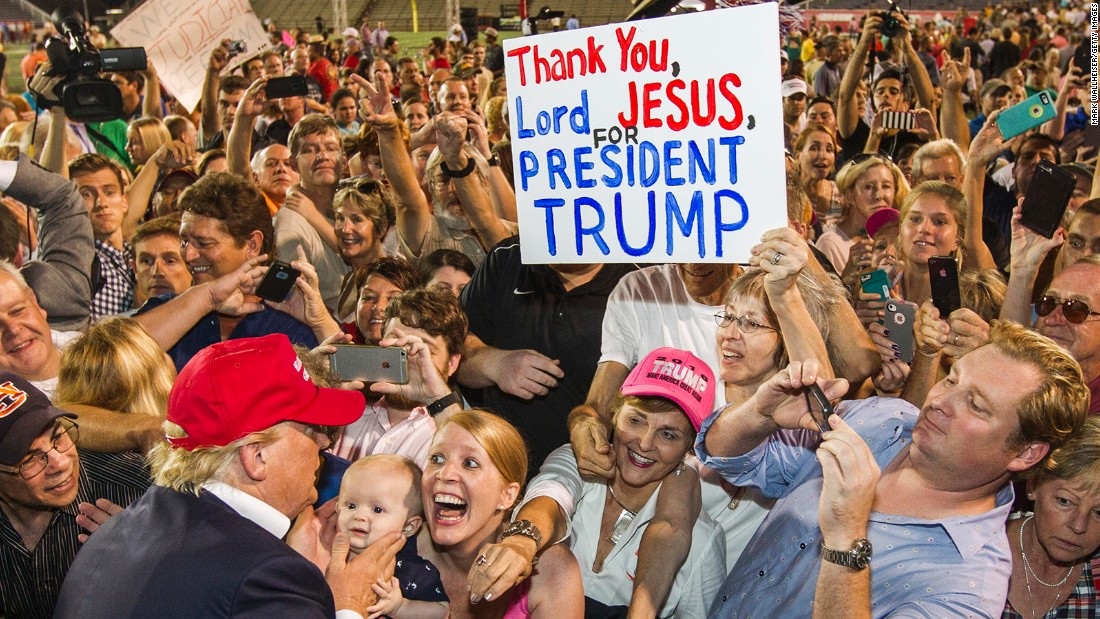
Republican Party's reliance on Trump voters may impact election results
With just weeks remaining until Election Day, the presidential race remains tight, particularly in key swing states where former President Donald Trump and Vice President Kamala Harris are locked in a close contest. Polls show that both candidates are nearly tied, with no clear frontrunner in many battleground states. As the election nears, a debate has emerged within the Republican Party over its reliance on Trump voters and whether the party could have fared better with another candidate, such as former U.S. Ambassador Nikki Haley.
A section of the GOP believes that nominating a candidate like Haley could have led to a significant advantage for Republicans, potentially delivering a landslide victory similar to the one George H.W. Bush secured in 1988. These anti-Trump Republicans argue that a more traditional Republican figure would have appealed to a wider voter base, particularly among suburban voters who have shifted to the Democratic Party since Trump’s emergence.
However, Trump’s unique appeal has drawn significant support from white working-class voters, many of whom were once Democratic supporters. Trump has built a coalition of conservative voters, including those without college degrees, and his policies have resonated with this group. Haley, on the other hand, has struggled to maintain this coalition while attracting the white-collar suburban voters who once formed a critical part of the GOP’s base.
Trump’s success in turning out voters in key swing states, such as Michigan, Pennsylvania, and Wisconsin, is attributed to his departure from the traditional Republican policy platform. He has rejected free trade agreements, supported protectionism to preserve manufacturing jobs, and promised not to cut entitlement programs like Social Security. His foreign policy approach also diverges from past GOP strategies, emphasizing reduced military intervention abroad and pushing NATO allies to increase their contributions.
The difficulty for Republicans lies in whether they can replicate Trump’s ability to mobilize voters in these critical states. Past elections have shown that swing counties, such as Macomb County in Michigan, have swung dramatically toward Trump when he is on the ballot but revert to Democrats when he is not.
As Election Day approaches, the Republican Party faces the challenge of continuing to attract Trump’s voters while appealing to a broader electorate. Whether Trump’s policies and approach can deliver another victory remains uncertain, but his presence has undeniably reshaped the GOP’s voter base in recent years.
Stichworte







